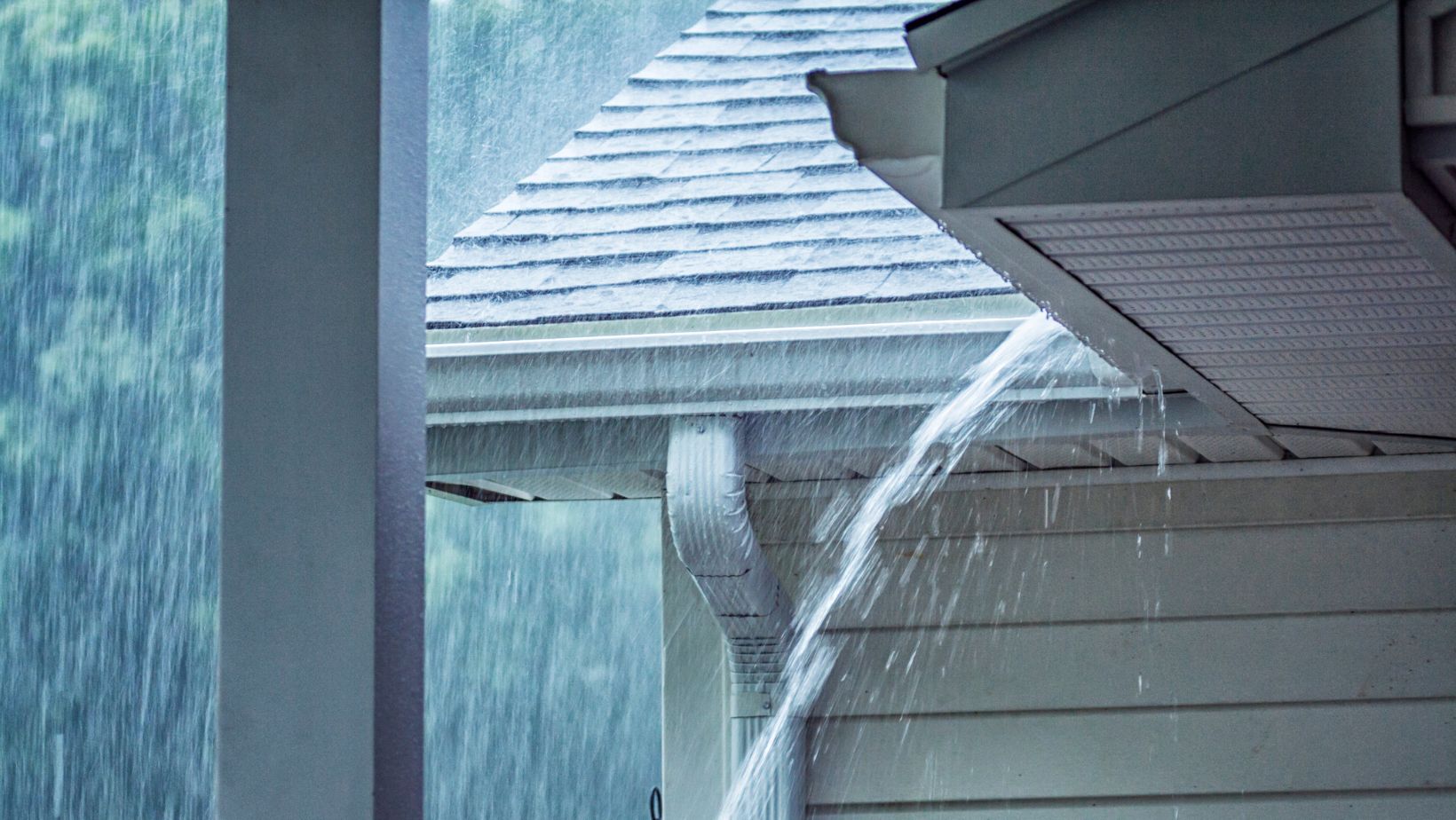San Antonio, known for its vibrant culture and rich history, also has a unique climate that includes the occasional visit from Mother Nature’s wrath. With thunderstorms, hurricanes, and heavy rains in the forecast, it’s crucial to ensure that your home’s first line of defense—the roof—is prepared for San Antonio’s storm season. In this comprehensive guide, we’ll walk you through the steps to safeguard your roof against the elements. By the time you finish reading, you’ll be equipped with the knowledge to keep your home and loved ones safe during stormy weather.
Understanding San Antonio’s Storm Season

Before we dive into preparations, it’s essential to understand the timing and typical weather patterns of San Antonio’s storm season. Typically occurring from late spring through early fall, this season brings thunderstorms, heavy rainfall, and the occasional threat of hurricanes. These storms can bring strong winds, hail, and torrential downpours, all of which can take a toll on your roof. Being aware of the potential hazards helps you appreciate the importance of preparing your roof for the challenges ahead.
Roof Inspection Before the Storm Season
One of the first steps in preparing your roof for San Antonio’s storm season is conducting a thorough inspection. Consider enlisting the expertise of a professional roofing contractor like Shield Roofing for this task. A professional inspection ensures that even hidden issues are discovered, preventing surprises during storms. Look for signs of wear and damage, such as cracked or missing shingles, damaged flashing, and deteriorated seals. These can be early indicators of potential vulnerabilities that could worsen during a storm.
DIY Roof Maintenance and Repairs
In addition to a professional inspection, there are several DIY roof maintenance and repair tasks you can undertake to fortify your roof against storm damage. Cleaning gutters and downspouts is a fundamental maintenance task, as clogged gutters can lead to water overflow and damage. Replace any damaged or missing shingles promptly to maintain the integrity of your roof’s protective layer. Inspect flashing and seals around chimneys, vents, and skylights, as these areas are prone to leaks. Additionally, sealing roof penetrations like pipes and vents can help prevent water intrusion.
Storm-Ready Roofing Materials and Upgrades
Consider making your roof more storm-resistant by choosing the right materials and upgrades. Impact-resistant roofing materials, such as asphalt shingles with Class 4 impact resistance, are designed to withstand hail and debris impact. Installing hurricane straps and clips can help secure your roof’s structural elements, reducing the risk of wind damage during severe storms. Reinforcing the roof deck with additional fasteners can add structural stability, especially in hurricane-prone areas. Upgrading your attic ventilation systems can help regulate temperature and humidity, preventing moisture-related issues that often follow storms.
Emergency Preparedness for Roof Protection
While it’s essential to fortify your roof in advance, it’s equally crucial to be prepared for emergencies during storms. Create an emergency roofing kit that includes essential tools and materials like tarps, plywood, and roofing nails. In case of a sudden breach during a storm, these items can be used as temporary measures to prevent further damage. Secure loose objects around your property, such as patio furniture and debris, as they can become projectiles in high winds. Reinforce roof edges and overhangs to prevent them from being lifted by strong gusts. Lastly, have an evacuation plan in place for extreme storms, ensuring the safety of your family.

Post-Storm Roof Assessment
Once a storm has passed, it’s vital to assess your roof for any potential damage. Immediate action is necessary to prevent further deterioration. Check for signs of water leaks or damage, such as water stains on ceilings or walls, and document any issues. If you suspect a roof leak, contact a professional roofing contractor like Shield Roofing immediately to assess the extent of the damage and make necessary repairs. Additionally, contact your insurance company to report storm-related damage, as prompt action is often required to file a successful claim.
Regular Roof Maintenance Throughout Storm Season
Storm season isn’t limited to a single event; it encompasses months of potential weather challenges. To keep your roof in top condition throughout this period, implement regular maintenance. Clean gutters and downspouts to prevent water buildup and clogs. Schedule periodic roof inspections to catch and address any issues early. Monitoring weather forecasts can also help you take proactive measures, such as securing loose objects and preparing for severe weather conditions. Consistent maintenance is the key to ensuring your roof’s resilience throughout San Antonio’s storm season.
In the face of San Antonio’s storm season, proactive measures can make all the difference in protecting your home and loved ones. A well-prepared roof is your best defense against the elements. By understanding the timing and nature of storm season, conducting pre-season roof inspections, performing DIY maintenance and repairs, considering storm-ready materials and upgrades, and being prepared for emergencies, you can minimize the risks and ensure your roof’s resilience.
Remember that Shield Roofing is here to assist you every step of the way. Our experienced team of professionals is dedicated to ensuring the safety and integrity of your roof. Contact Shield Roofing to schedule a professional roof inspection, get expert advice on storm-ready solutions, and have peace of mind knowing your home is prepared for San Antonio’s storm season. Protecting your roof today means safeguarding your future against the unpredictable forces of nature.

